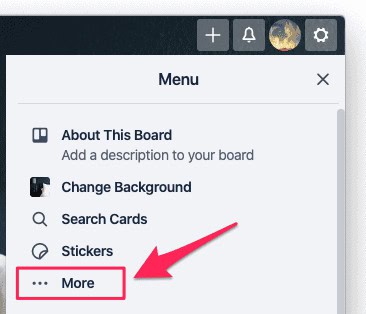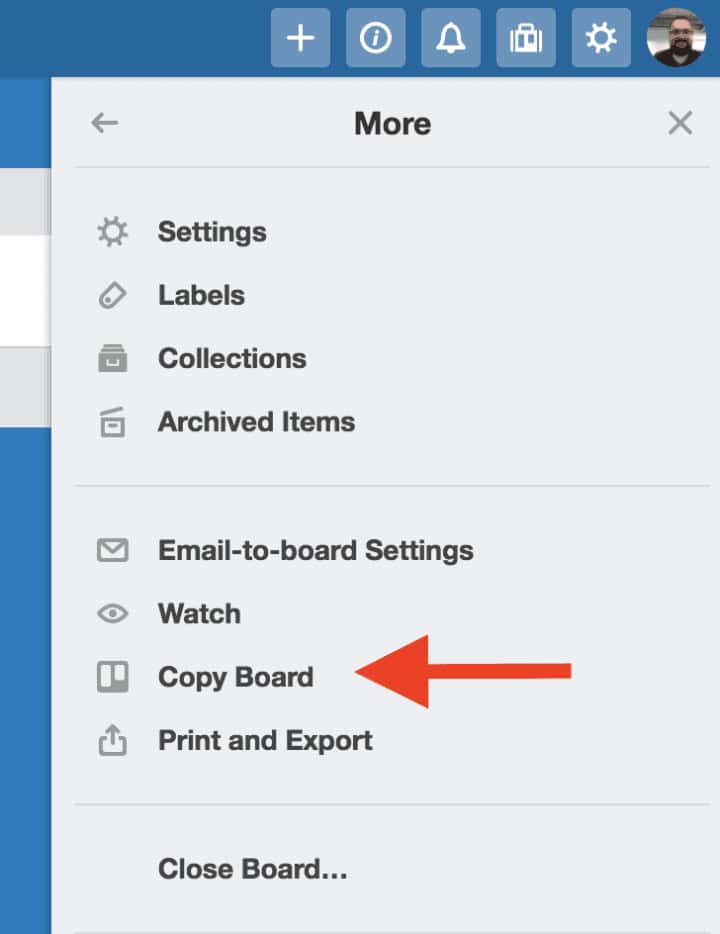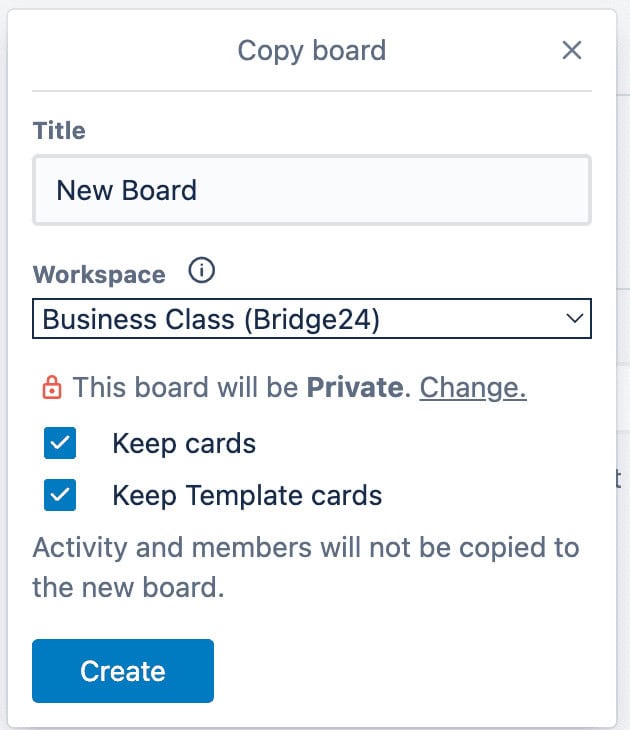
Copying a Trello board is a simple but powerful feature that can significantly streamline your workflow. Whether you’re duplicating a project layout, creating a reusable template, or just testing new ideas, the ability to clone a board with all its content intact offers flexibility and efficiency in managing your tasks and teams.
In this guide, we’ll explore why copying a Trello board is useful, how to do it step by step, and offer additional tips to help you get the most out of the feature.
Why Copy a Trello Board?
Before we dive into the how, let’s clarify the why. Copying a Trello board isn’t just about saving a few clicks—it’s a strategic way to work smarter, especially if you manage recurring tasks, multiple teams, or client projects.
1. Save Time and Effort
If you’re regularly working on similar types of projects—such as launching products, managing client work, or planning content—starting from scratch each time can be inefficient. Copying a board allows you to instantly duplicate a pre-built structure with lists, cards, and workflows already in place. Imagine building a social media content calendar from scratch every month. Instead, copy last month’s board, update the dates and content, and you’re good to go in minutes.
2. Repurpose a Successful Workflow
Some boards are simply too good not to reuse. Maybe you created a winning campaign tracker or an effective onboarding process. Rather than reinventing the wheel, you can repurpose that board for other clients, departments, or projects. This is especially helpful for agencies and consultants who manage similar deliverables across multiple clients.
3. Maintain Consistency Across Projects
Having a consistent structure in project management helps teams know what to expect and where to find things. By copying a standardized board format, you ensure all your projects follow the same naming conventions, list orders, and workflows, making it easier for your team to adapt and stay on the same page.
4. Test New Ideas Without Risk
Want to experiment with a new workflow or project structure, but worried about disrupting your live board? Copy the board and use the duplicate to try your changes. This sandbox approach gives you the freedom to innovate without compromising active projects.
Step-by-Step: How to Copy a Trello Board
Ready to make your first board copy? Follow these simple steps:
Step 1: Open the Board You Want to Copy
Start by logging into your Trello account and navigating to the board you want to duplicate. Make sure you have the appropriate permissions—only board members with admin privileges can copy boards.
Step 2: Open the Board Menu

Click the three-dot icon (•••) at the top right of the board next to the board’s name to open the board menu. This menu includes options for settings, filters, and other board actions.
Step 3: Click on “More”

In the dropdown menu, select More. This expands additional options, including the copy function.
Step 4: Click on “Copy Board”

Click Copy Board from the list. This opens a pop-up window where you can set preferences for the new board.
Step 5: Customize Your Copied Board

In the copy window, you can:
- Rename the board: Give your new board a relevant name.
- Choose a workspace/team: Select which team or workspace the new board will belong to.
- Copy cards: Decide whether to copy the existing cards or start with just the structure (lists without cards).
Note: While it is possible to exclude cards when copying a board, Trello currently does not support the selective copying of attachments, members, labels, or checklists. These elements are either fully included or omitted along with the cards.
Step 6: Click “Create”
Once you’ve set your preferences, click the Create button. Trello will generate a new board with the settings you chose. You now have a fresh board ready to use!
Additional Tips for Using Copied Boards
Copying a board is just the beginning. Here are a few ways to make the most out of the feature:
1. Create Reusable Templates
Trello allows you to designate any board as a Template. Instead of copying a board each time manually, create a dedicated “template board” and enable the Template option in board settings. This makes it easy to start new projects with one click from a centralized, reusable layout.
How to make a board a template:
- Open the board
- Click on the board title > Settings
- Toggle “Make Template” on
Now, you’ll see an option to “Create Board from Template” whenever you use it.
2. Collaborate on Your Copied Board
Just like with any Trello board, you can invite team members, assign tasks, and leave comments on the copied board. If you’re duplicating boards for client work or cross-functional teams, be sure to:
- Update card assignments
- Clear out old comments or deadlines
- Re-assign roles as needed
This ensures the new board is fresh and aligned with the project’s purpose.
3. Keep Your Workspace Organized
It’s easy to get carried away and end up with dozens of copied boards cluttering your Trello workspace. To stay organized:
- Create a dedicated folder or workspace for templates
- Label copied boards clearly (e.g., “Campaign Template – Copy” or “Client Onboarding Template v2”)
- Archive unused boards regularly
Keeping things tidy makes it easier for you and your team to find what you need.
4. Use Third-Party Tools for Reporting
If you’re managing multiple boards or want to generate advanced reports, consider using tools like Bridge24 for Trello. Bridge24 lets you export, filter, and visualize Trello data across multiple boards—perfect for when your copied boards start multiplying and you need centralized insight.
Common Use Cases for Copying Boards
Still unsure when to use the copy feature? Here are a few common examples where this functionality shines:
- Marketing Teams: Create monthly campaign templates with standard lists like “Strategy,” “Design,” “Approval,” and “Launch.”
- Agencies: Use client onboarding or content production templates for new clients.
- Developers: Set up a sprint board template with backlog, in-progress, and review stages.
- Event Planners: Duplicate event checklists and task assignments for recurring events.
Each of these teams can build once, copy often, and iterate as needed.
Conclusion
Copying a Trello board is one of the most underutilized but powerful tools available for improving team productivity and maintaining consistency. Whether you’re building templates, managing multiple projects, or just want to test new ideas safely, the copy function allows you to move faster and stay organized.
By following the step-by-step guide above—and applying the additional tips—you can start leveraging board copies to supercharge your Trello workflows. Next Step: Create a master template board for your most frequent project type and make your entire workflow more efficient starting today.
Suggested articles:
- How to Delete a Trello Board
- How to Close a Trello Board
- Top 10 Best Trello Tutorials – Training and Courses
Daniel Raymond, a project manager with over 20 years of experience, is the former CEO of a successful software company called Websystems. With a strong background in managing complex projects, he applied his expertise to develop AceProject.com and Bridge24.com, innovative project management tools designed to streamline processes and improve productivity. Throughout his career, Daniel has consistently demonstrated a commitment to excellence and a passion for empowering teams to achieve their goals.